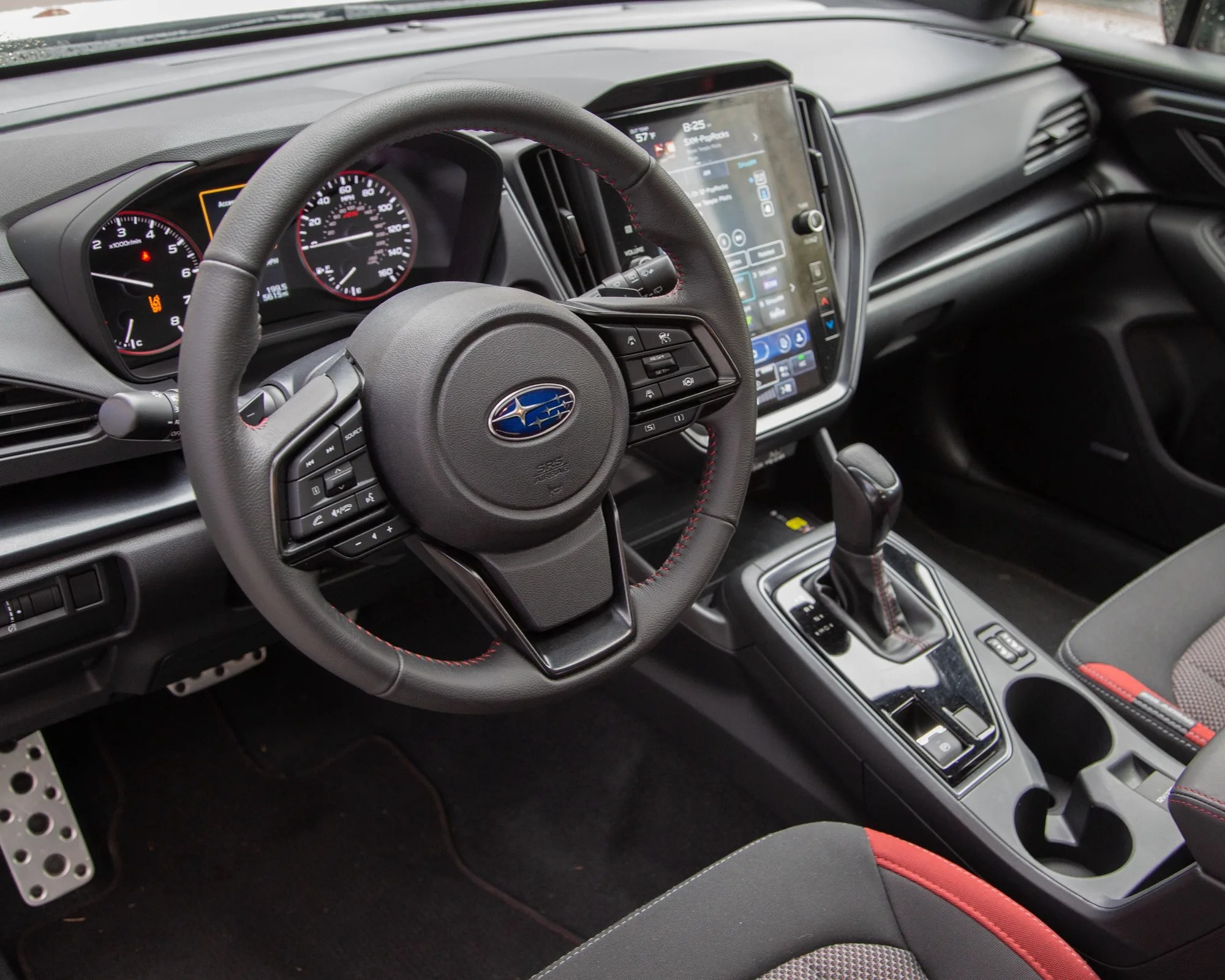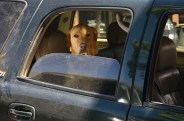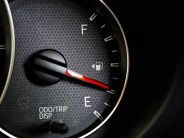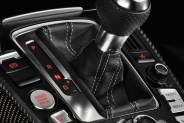The motoring world has more than its fair share of what I call butter battles (pointless but divisive issues that lead to conflict), but perhaps few go quite as deep as the divide between where the steering wheel of a car should be — and the associated matter of which side of the road people should drive on. Americans, Italians, Germans and many other cultures hold that the driver should be sit on the left-hand side of the car and the car should sit on the right-hand side of the road; the British, Japanese, Indians and Australians, among others, say the steering wheel belongs on the right-hand side of the car and the vehicle on the left-hand side of the road.
Which of these is superior is an argument with no clear answer (except that the wheel should clearly be on the left-hand side). Perhaps the more important question, though, is: why? Why is the steering wheel on the left for the United States and on the right in Great Britain?
There are plenty of rumors and conflicting reports out there about the origins of the driving positions, but the most likely reason might surprise you.
The reason you drive on the right and your wheel is on the left? Teamsters.
No, not the union of truck drivers that made Jimmy Hoffa famous. The people who gave them their name: those who actually drove teams of horses to pull wagons around in the pre-Industrial Revolution days. As best as our research could dig up, many wagons lacked a place to sit, so the teamster who was driving the horses would sit in the next-best place to see both road and steeds: atop one of the horses pulling up the rear. As most people are right-handed, most teamsters would need the whip in their right hand — so it made more sense to sit on the left-hand horse.
And with most drivers sitting on the left-hand side of their rides, it made sense to arrange traffic so that vehicles would ride on the right-hand side of the road. This, as we all know from driving today, enables the drivers to sit closer to the center line — and thus closer to oncoming traffic, so they could better gauge how close they were passing to those onrushing vehicles.




